In 1979, the US Supreme Court affirmed that ‘a person has no legitimate expectation of privacy in information he voluntarily turns over to third parties’. In today’s digital economy we have little choice but to use services at the expense of privacy. However, a protocol called ‘The Metanet’ allows the control of data to shift back into the hands of the owner.
In this article, we’ll discuss:
→ Why data companies had no alternative to trading data
→ How micropayments could offer an alternative
→ The effects of a public data commodity ledger
→ The impact of making the user a data controller
‘The world’s most valuable resource is no longer oil, but data’, The Economist publishes, referring to the power that large-scale data collection brings to tech companies such as Facebook, Google and Amazon. With these tech-giants having already accrued so much information, it can sometimes seem that there is little we can do to mitigate their power.
However, there is still hope for changing the status quo, and this originates from a well-known and trusted source: Tim Berners-Lee, the ‘inventor’ of the internet. Back in the early 1990s, Berners-Lee predicted the use of a digital currency that would make the internet easier to use, safer and more privacy-friendly. At the time, there was no technology that could make Tim’s vision a reality, but now it seems there is: the Metanet.
Privacy issues the Metanet is addressing
Before we delve into the Metanet, let’s first step back and take a look at the bigger picture in terms of what’s been happening with data and privacy.
Over the last 15 years, it has become commonplace for us to exchange our personal information for the use of online services, for example, the 1.5 billion Gmail users that share all their personal emails in exchange for a free email client. The result of this is that there are now central private parties that have a lot of information about us, affecting our privacy as both individuals and communities. With scandals such as the Cambridge Analytica affair, we’ve experienced how the use of the mass information can have a huge impact on democracy and world politics, and problems around privacy have been thrust into the mainstream media spotlight.
Facebook F8 Conference 2019
Even Mark Zuckerberg, who does not have a good reputation when it comes to privacy issues, seems to have woken up to this wave of popular attention. During the Facebook F8 Conference 2019 in April, Mark points to an enormous screen that displays the words “The future is private,” and says: “It is clear that this is the next big chapter.”
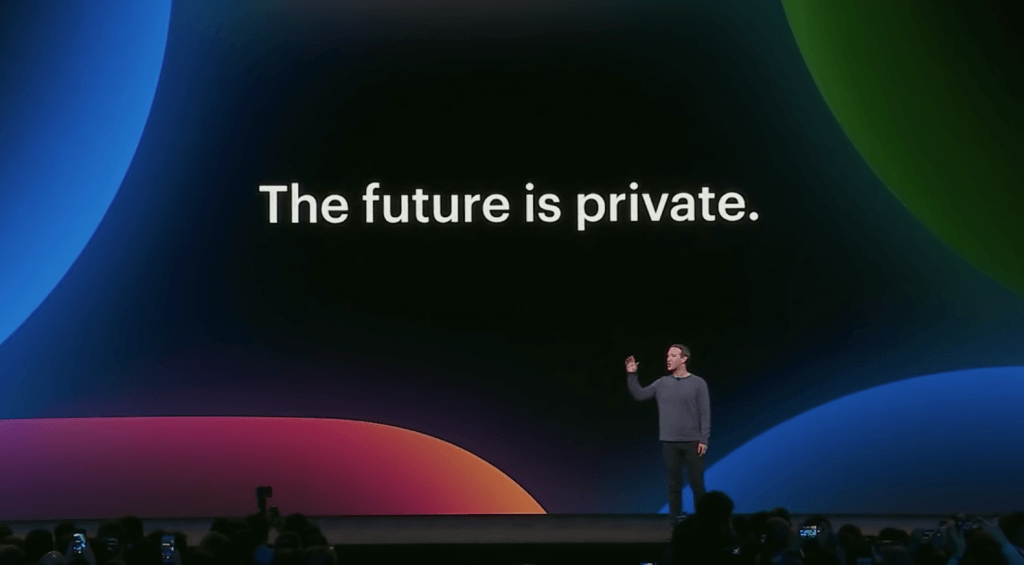
As Facebook’s own statistics show that privacy is becoming increasingly important for many users, Zuckerberg has no option but to address this issue. As such, he adds functionalities to Facebook, WhatsApp and Instagram that make users feel more private, like encrypting messaging. However, despite these tokens of greater privacy, he does not address who has access to the data Facebook acquires.
An internet-specific currency allows us to put a price on data
In the current form of the internet, data always remains under the management of the company that owns the server you store it on.
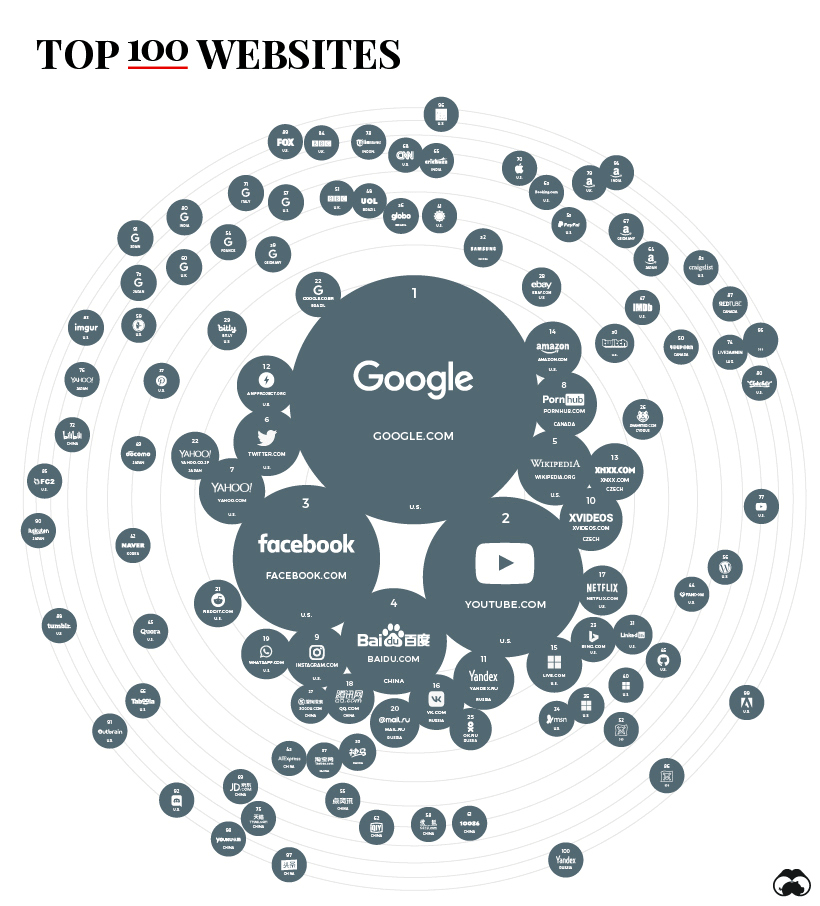
Not only do these companies retain and analyze this information, they also have the right to sell it. This has always been the case as this is simply their revenue model.
Selling data was a logical step
There is a good explanation for why these companies have relied so heavily on selling data: there are too many economic (fees) and regulatory (KYC/AML) barriers to generating income on the internet with the traditional business model of paying for use.
The fact that (almost) everything on the internet is free is not only because users like it; the lack of a user-friendly internet-specific currency has also been equally important in this. Traditionally, there has been no simple way to pay small amounts of money for digital services. Online payment processors such as Stripe, Adyen and Paypal charge very high transaction and currency exchange fees. This results in service providers finding alternative revenue models (namely, selling data).
Paying for use by means of micropayments
What is the alternative to selling data, you ask? Paying for the use of services via micropayments could be a fair and viable alternative to the current model of paying with your data. As the name implies, micropayments are very small payments you make with almost no transaction fees. They can be as small as up to a millionth of a cent!
“Micropayments are very small payments with almost no fees … [micropayments] can be as small as millionth of a cent!“
Using a system of micropayments could allow tiny transactions that reflect exactly what you purchase. For example, choosing to watch a YouTube video without ads or choosing to skip the ads on your free Spotify account. It works in both directions, wherein you can receive micropayments for commenting below a video or gaining a Spotify follower. This would create the opportunity for companies to explore business models other than selling data.
Error code 402 ‘Payment Required’
The ironic thing is that whilst internet currencies sound like a new idea, with cryptocurrencies becoming more mainstream and Zuckerberg now introducing his own Facebook currency (‘Libra’), they had already been allocated a place in the earliest version of the internet.
As early as 1992, Berners-Lee had already reserved a place for micropayments in the first designs of the internet protocol. This is the communication language on which our entire current internet runs. Everyone is familiar with the ‘Error code 404: Page Not Found’, but Berners-Lee predicted that we would see ‘Error code 402: ‘Payment Required’ on our screens just as frequently.
This code was reserved in the early 90s for future use, with the underlying idea to use some form of digital money or to develop a technology that could process micropayments. Fast-forward over 25 years and Tim Berners-Lee continues to encourage the industry to explore such alternative business models.
What has been stopping us from adopting micropayments?
Until recently, there was one main problem: micropayments were not technically possible as there was no structure that could support them. Micropayments require a system with a global identity protocol to verify who owns an account of money, as well as processing payments. Thus far, there was no technology that could do this on a global scale, meaning the 402 code remained reserved for ‘future use’. However, the Metanet is the first working technical solution for this, and having been running reliably for 2 years now, things are changing.
The Metanet provides truly private data storage for digital ownership, allowing users to create a digital identity and be able to own and control their own data. This results in much more clarity and empowerment for the user when compared to the current set up wherein the data you produce is in the hands of large commercial companies.

Metanet uses the blockchain as a micropayment processor
The Metanet is built on the original blockchain technology of BitCoin. Although it’s widely known for its use as a cryptocurrency, BitCoin is not solely designed for a monetary use case. BitCoin is an immutable accounting system – a clearing house – for any type of data. We will not go into the technicals of blockchain in this article.
Key areas of impact for society
Imagine data becoming a commodity for everyone creating it. That would have an immense impact on how users control their data and privacy.
The points below summarize the impact the Metanet can have on society:
- You become the owner of your data. Personal data used by products and services you buy are stored under your own management, you choose who can access it and when. The storage space is paid for using micropayments, this creates an economic incentive for data centers to stay honest.
- A global digital identity. Your identity is your password: you identify, verify, pay and get paid by using fingerprints, iris scanners and face recognition encrypted on the Metanet. This might sound like The Matrix, but your smartphone is already doing this.
- Companies are no longer data controllers on the Metanet and therefore could develop new business models that currently don’t exist. Companies could be paying for access to data, and using micropayments.
The Difference Between Internet and Metanet
As we’ve seen in the first part of the article, the internet has resulted in data becoming a commodity, though currently the market for this commodity is exclusively for data companies and advertisers, such as Facebook and Google. This data market is also an extreme example of how we have elevated private companies to become middlemen that we are dependent on for certain services. This is partly due to the unrestrained rise of digitisation and lagging regulation.
The Metanet aims to open up a data market through the control of data as a commodity. Let’s compare the internet with the Metanet:
Internet Era
With the introduction of the internet and the rise of digital services, data has become a commodity as third-party platforms, such as Facebook, retain our data in exchange for offering their online services for free. These companies are then able to resell this data and generate large revenues, while the user only gets advertisements in return.
Your data makes them valuable
The technologies behind companies like Facebook and Uber are not that complicated; it’s the data that they hold that makes them valuable. If the data was no longer under the ownership of the companies, but under the ownership of the users, other factors would then determine the value of a company according to the user, such as better usability, better support or even intelligent enrichment of data. Data companies would become peer-to-peer marketplaces.
Winner takes all (the data)
Data ownership being the value of a company is also the reason why switching to an alternative platform is currently very difficult. Your data is stuck on the server of the company; the main reason that people stay on Facebook is because their friends – and all of their data (photos, posts, followers etc. – are on that platform. However, with a system like Metanet where you own your data, you can decide which service you give access to.
You and your friends’ data being ‘stuck’ on one platform is no longer a problem. If a friend uses different services and sends you a friend request, you simply allow or deny that person to read your data (e.g. pictures, tweets, posts).
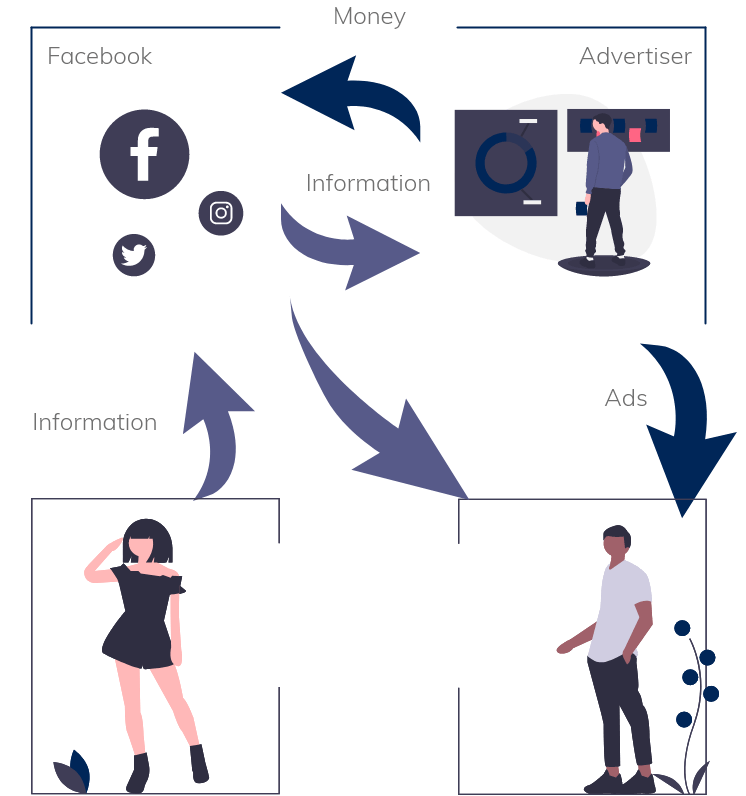
The Metanet Era
The Metanet extends the current internet by reintroducing peer-to-peer. Companies revert to acting as facilitators of data exchange between you and your peers, but they do not control or own it. CEO of Twitter, Jack Dorsey, seems to understand and support this way of service providing, by the looks of his recent tweets.
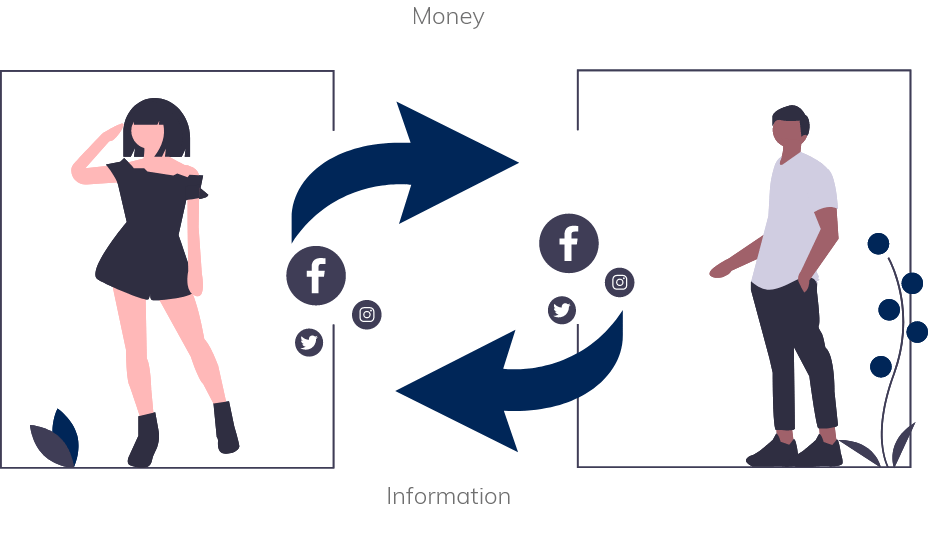
Foster equal opportunity
A return to this model of direct trade could enable equal opportunity in the market, and ensure that the user is free to decide which service they would like to use without being bound by their data being stored with one company. This creates competition based on customer service, rather than data collection. As such, the Metanet is often compared to the Red Queen hypothesis; all companies need to constantly adapt to opposing companies.
Why do companies want to participate in the Metanet?
At the moment, organisations are struggling with so called data controller issues. Privacy laws and technical standards make it hard for organisations to easily exchange data with each other. Another big problem is the amount of fraud that happens due to operating with multiple unverified accounting books.
Free flow of data
The proposed solution to the data controller issue is making the creator the data controller, as opposed to the organisation. This way, organisations can request access to read the data of the consumer and other companies without actually owning it. It’s up to local legislation to keep this within boundaries to protect consumers.
“The proposed solution is making the creator the data controller, as opposed to the organisation.“
New business models
The main benefit of this open standard model would be the opportunity for creative new business models. Innovative services that we currently only catch a glimpse of within ecosystem companies – such as Alphabet Inc. (with Android, YouTube and Google), Facebook (with the integration of Instagram, Messenger and Whatsapp), and also on a smaller scale with the merge of Vodafone and Ziggo in the Netherlands – could become the standard as data can move more freely between organisations (with the users permission).
Reduce fraud
Another potential upside is reducing operational costs through combating fraud. Research shows that organisations currently allocate around 2% of their total revenue to fraud prevention. The Metanet can solve this by having stakeholders work in the same accounting system while retaining privacy.
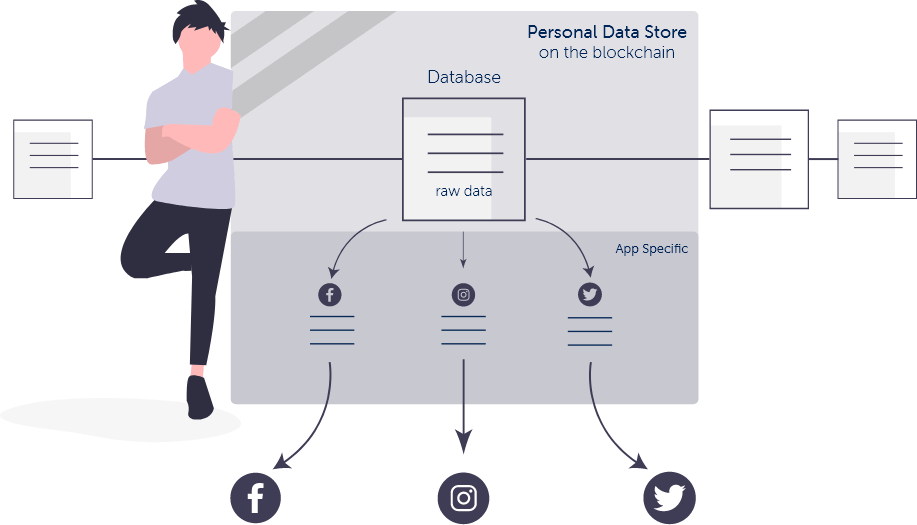
Monetize more
Lastly, especially data companies could potentially make much more revenue by transitioning from an ad-based model to asking for micropayments in exchange for their service. Consider the mass volume of interactions that take place online, turned into tiny monetary transactions. The revenue generated could be much larger than only monetizing interactions with ads.
In the context of an “ad-free internet”, McGuffin conducted a survey that asked the public what they were willing to pay for services that are currently free. This led to interesting early indicators. YouTube for example could potentially increase its revenue by 2000% if they would offer a subscription model for an ad-free experience.
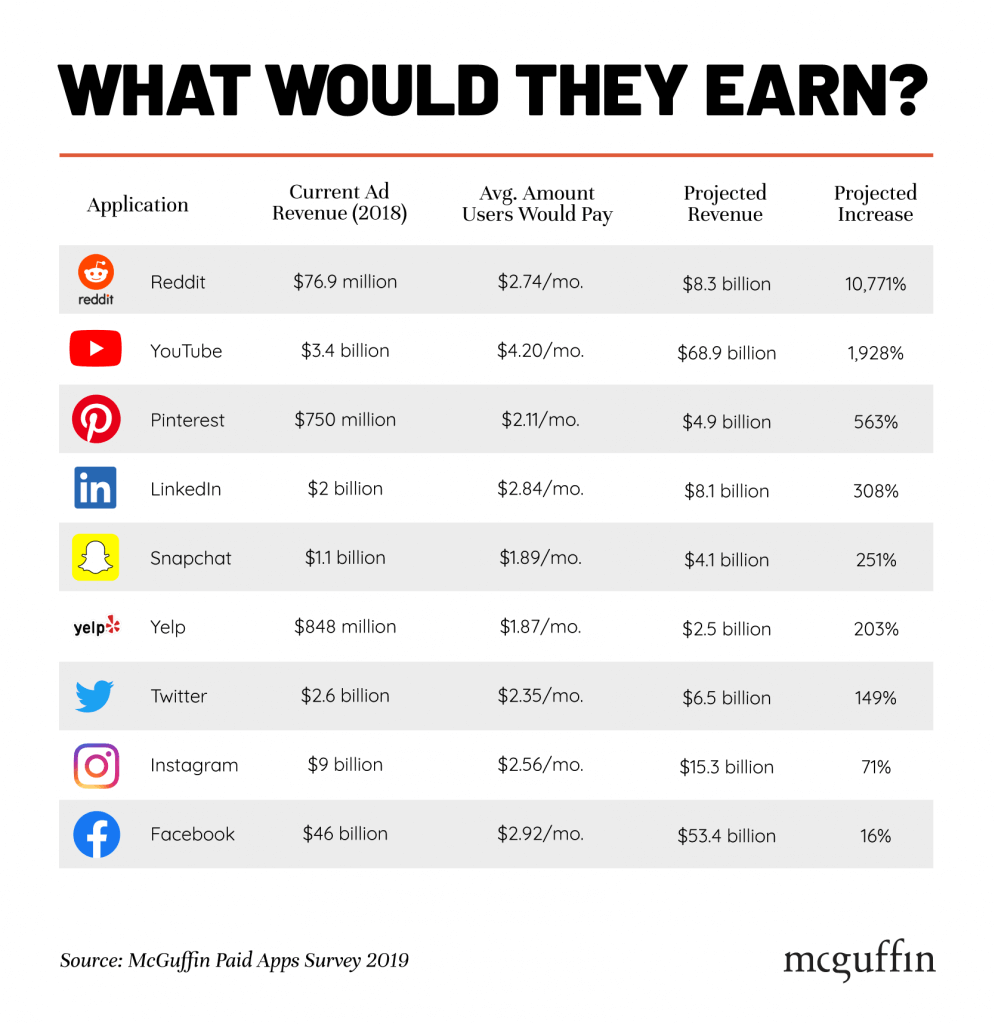
Pay-per-use business models may become the next step.
Over the past years, it has become clear we want to use and pay for services in a more flexible way. Leasing instead of owning has become increasingly popular, as well as subscription based services for basically anything. It’s even possible to have a monthly bike subscription!
Micropayments could be the next step of this trend and would allow for more granular monetization where users could potentially pay per second, per meter, per videoframe, per line of code – the list goes on! Time will tell how companies respond to these possibilities and develop new business models.
Pay-Per-Use Model Examples
- A washing machine vendor could deliver washing machines for free, and charge €0,50 cents every time you hit the ‘start program’ button.
- Tip the journalist €0,05 for writing a quality article, frictionless with one click. This creates a completely new incentive for journalists to produce quality over ‘clickbait’ articles. Projects Twetch, Streamanity and Yours are experimenting with this narrative.
- Have people anywhere in the world check if your website or app is still live, and pay them €0,01 per check. This is now doable with Uptime.
- Sending a message through WhatsApp could costs €0,0001, where half of that amount would go to the WhatsApp company for creating the app, and the other half to the data center processing and storing the message. A new email client called Baemail is experimenting with this.
The Metanet’s security layers
The unbounded digitisation of society has led to many security concerns, and frankly, it’s quite worrying to think about the millions of private databases that need to be secured and managed separately. Every day outdated systems lead to things as simple as an email address being traded, leaked and stolen.
Decentralised storage with central traceability
The way the Metanet is built centralises all information into one shared, distributed database. With all data stored here, it is vital that the Metanet is completely secure and can never be compromised. Therefore the design is not like a traditional database that can easily be targeted.
The Metanet has 3 protective barriers:
- Blockchain technology
As previously mentioned, the Metanet is built on blockchain technology. This technology in itself is very secure, as blockchain ensures an economic competition between data centers to verify each other. All data centres must reflect the same records, meaning that all information on the blockchain is immutable and cannot be changed, and also adding a big disincentive to uploading fraudulent information as it will discredit your data centre. Furthermore, as data centers generate revenue for storing and processing verified information, it is also in the financial interests of data centers to only process information that has been verified by all other data centers. The price is currently set by the data centers at 10 BitCoin per GB, though as more data is processed in these centres, the price will decrease over time following economies of scale theory. - Encryption
Data that is saved on the blockchain can be encrypted with the same encryption we currently use to encrypt private databases. - Hiding and dividing
Research institutes like nChain have developed additional techniques to make data on the blockchain even more secure, for example by dividing the data you upload into hundreds of small pieces and scattering it over several different blocks[2]. This means that even if a hacker is able to crack a block, they will only obtain a fraction of the data, rendering it useless. These types of patented blockchain techniques are to be used for free exclusively on the Metanet.
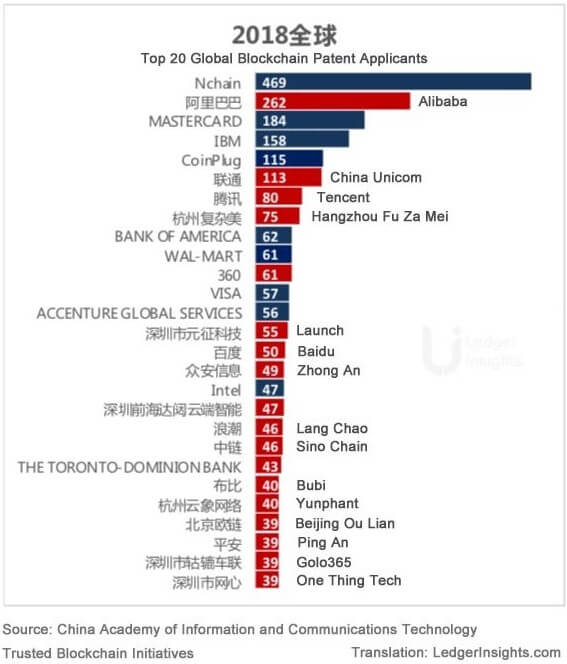
Conclusion
The pace at which technology is developing makes it impossible to predict where things will go next. What is inevitable is that we will see a new level of integration of products and services, both online and offline. This will unveil the true power of Big Data in our day-to-day lives.
The question is: will these integrations and their data be controlled by a central private entity like Google or can we adopt an open data exchange protocol like the Metanet?
Private storage space, that only you can access with your digital identity, paid for whenever you use it through micropayments could all stimulate the technological innovation that the market is seeking, while also offering a more sustainable way of doing business.
There are numerous market gaps to jump on using this technology. It’s up to innovators and entrepreneurs to decide where the internet industry will go next.
Developer Resources
Start exploring Metanet-based applications via Agora. For an introduction to using Metanet as a back-end, read the Neon Planaria documentation and check out the Metanet Browser ‘Bottle’. You can find all the tools and resources to integrate your app with The Metanet on this Developer Resources website.
Footnotes
[2] Google Patents has a selection of nChain patents, including the patent related to tokenisation and data fractionalisation. Also, Pixel Wallet Ltd. is working on techniques to hide information inside other information (by using images for example), but cannot find a public record of their patents at the moment.FAQ
An accounting book for the internet that allows for tracking, monetizing and controlling data in a peer-to-peer manner.
Participating data centers need to play by the rules set by the set-in-stone underlying BitCoin protocol. This underlying blockchain creates a competitive economic model that ensures all participants have an incentive to keep each other in check.
Micropayments are very small payments made via digital currency, up to as small as a millionth of a cent with almost no fees.
The Metanet Protocol can be part of any tech stack. Have a look at the developer resources section in this article.

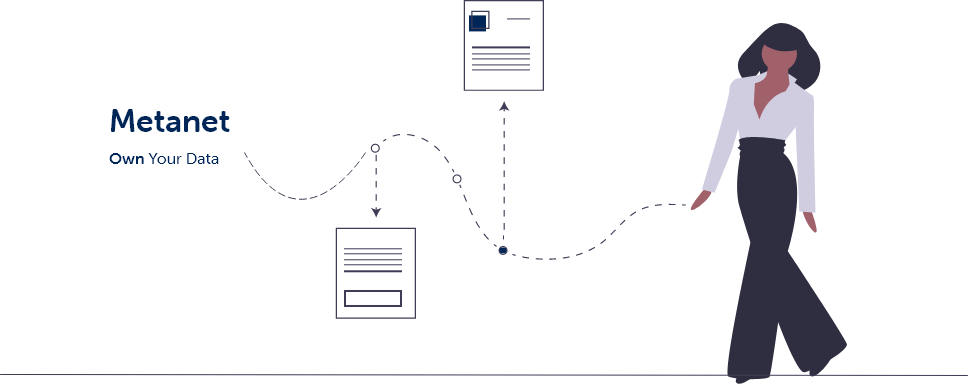
Comments 10
Well written. Baemail is a good example of the future of secure communication onchain.
Author
Thanks Vegard. Baemail is a fascinating product, can’t wait for that to develop further.
Well written article. But I do have a question: Where are we going with this from an advertisers perspective? How can a company place an Ad to a specific target group, if all the data no longer can be used to personalize ads?
Author
Thank you and great question! As a marketer this was my first question too.
You being the data controller will allow advertising companies to target much more specific than right now.
Facebook would love access to our emails and our activity on YouTube and Netflix to improve ad targeting.
I can give them that access since I own my data. But I want something in return that makes it worthwhile.
If I don’t want to give access and Facebook denies to service me, I take all my posts, tweets, likes and connections (my data) and give a competitor access.
Hope that makes sense!
I have information for you on data security via the Object Management Group (OMG).
20+ years of ground-breaking work.
Interested?
Jim Carter, ASMG
Toronto, Canada
carterj@asmg-ltd.com
Author
Sure sounds good! I’ll send you an email! 🙂
Extremely well written— very professional tome.
Can you add a footnote for this part…?
“nChain have developed additional techniques to make data on the blockchain even more secure, for example by dividing the data you upload into hundreds of small pieces and scattering it over several different blocks. This means that even if a hacker is able to crack a block, they will only obtain a fraction of the data, rendering it useless.”
Author
Thanks John! I’ve added the footnotes with related patents.
Thanks for translating a new, difficult-to-understand and jargon-ed subject into clear language.
Author
Thank you! Feel free to ask me anything if things are still unclear.